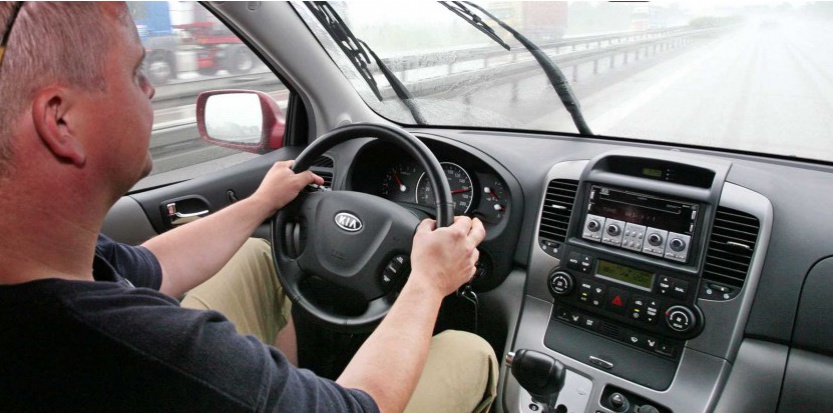Researchers from Madrid Polytechnic University have developed a novel mechanism to detect rash driving. The procedure is non-intrusive and only requires measuring the speed and acceleration of the car. The trials show that new method has 92% accuracy. We tell you more about this promising innovation.
Each year there are 1.3 million deaths worldwide, as a result of the car accidents. They are one of the major cause of deaths among the youth aged 15-29 years. These fatalities result in the property and infrastructure damage, as well as, medical expenses for treatment. Around 70% of these accidents are the result of rash driving.
One way of preventing these incidents from happening is to identify and detect the rash driving patterns among the drivers, and subsequently warning such a driver. In this regards, earlier techniques studied were intrusive in nature, as they involved measuring parameters like heart rate, breathing and stress level. However, these methods may cause distraction and discomfort of the driver. Hence, new models are needed that can characterize rash driving based upon a driver’s behavior in a non-intrusive way. A team of researchers at Madrid Polytechnic University (UPM) is addressing this problem. These scientists have conducted an experiment to determine how a driver behaves based on “non-intrusive” data. In their study, published in the journal Intelligent Transportation Systems, the scientists analyzed two parameters: speed and acceleration.
The basic idea is that aggressive driving can be modeled as a linear filter that acts on these parameters. The result is the change in the standard deviation, mean and dynamic range of these parameters’ data. Their probability distribution is also scaled. The trials of the newly developed model were made in the UPM campus for different types of roads, signals as well as drivers. 92% of the time the model was successful in revealing the driving style and helped to identify aggressive drivers.
Researchers plan to create a smartphone application that analyzes both parameters and trigger an alert when the velocity/acceleration profile corresponds to the driver identified as aggressive.
